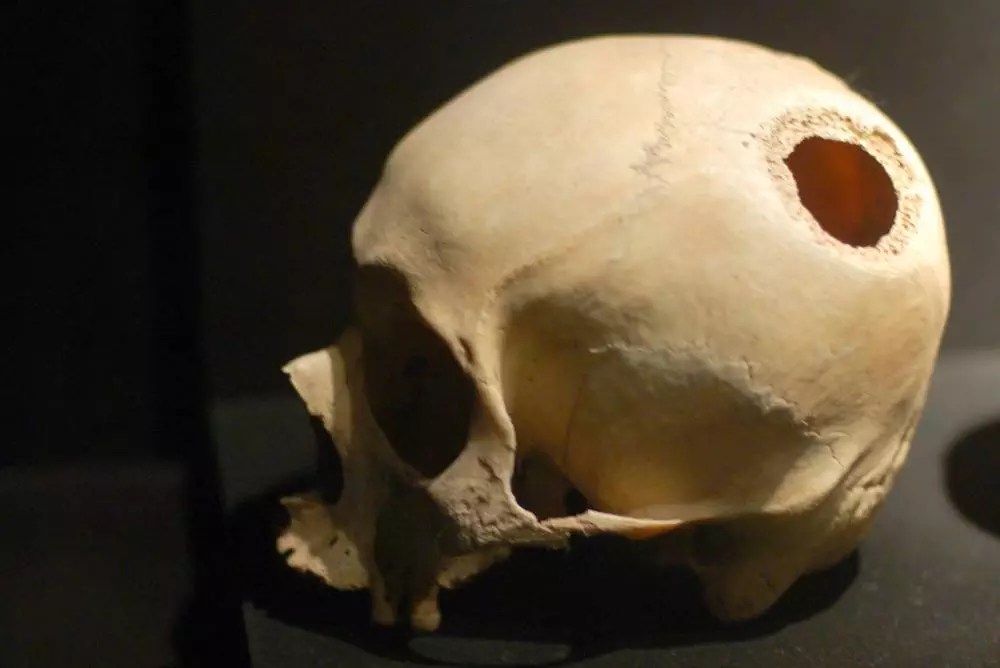
Let’s call this one not safe for kids and squeamish types.
Peru has a metric TON of dead people on open display. Churches and museums are great, but there’s also some open-air cemeteries to enjoy while in Peru as well.
The above skull comes from the Museo Larco in Lima, and is a good example of a trepanated skull. A hole was drilled into the brain as one of the earliest surgical operations. According to the sign, they were done to eliminate hematomas and remove pieces of bone or fractured skulls.
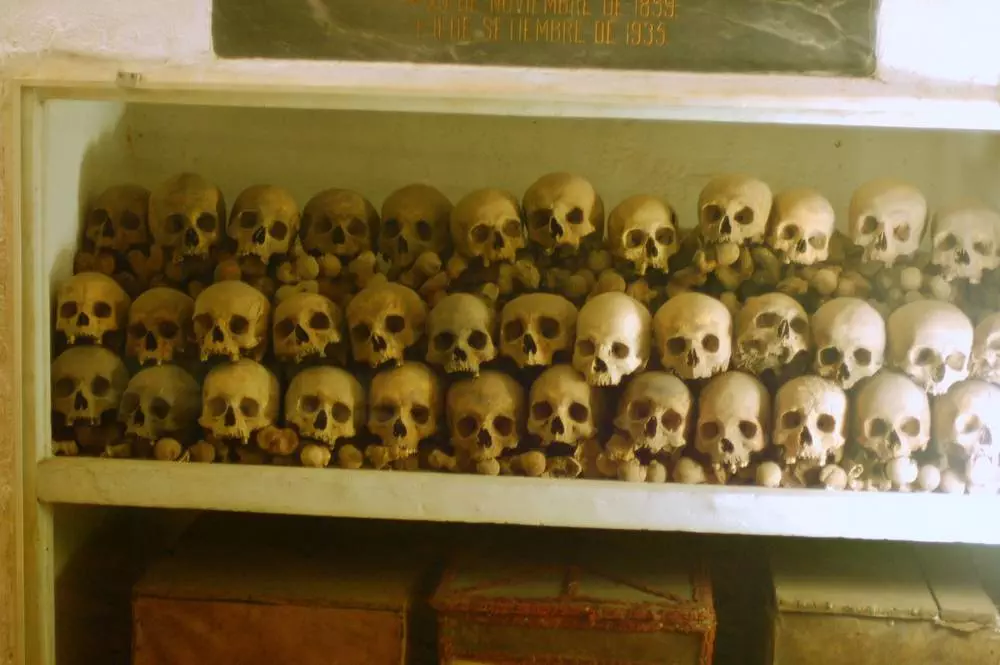
Hidden in the basement crypt of the Museo de Arte Religioso de la Cathedral de Lima (The Museum of Religious Art of the Lima Cathedral) is this set of skulls. The ground-level church is spectacular on its own merit, but the crypts bring a whole lot more to the table.
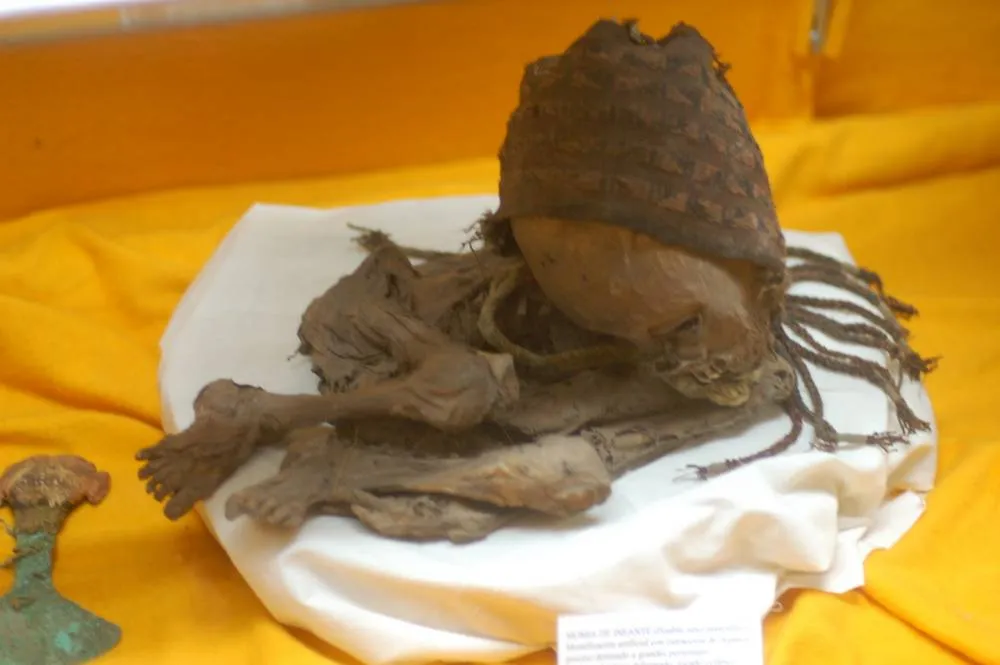
Now at the Monasterio de la Recoleta in Arequipa, the end of the museum features an infant mummy
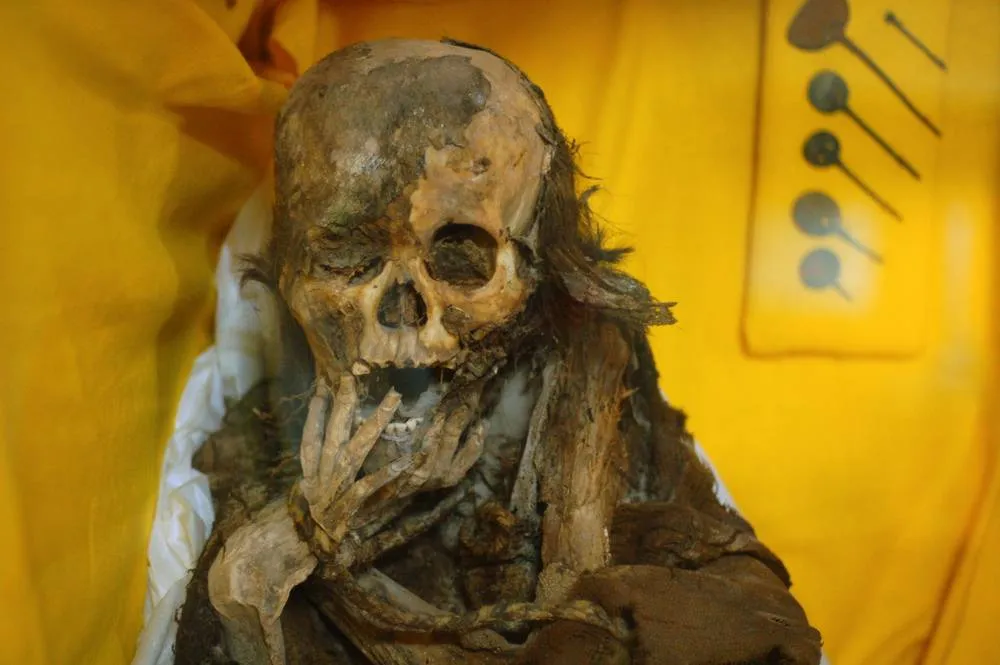
You can’t help but wonder how they were posed.
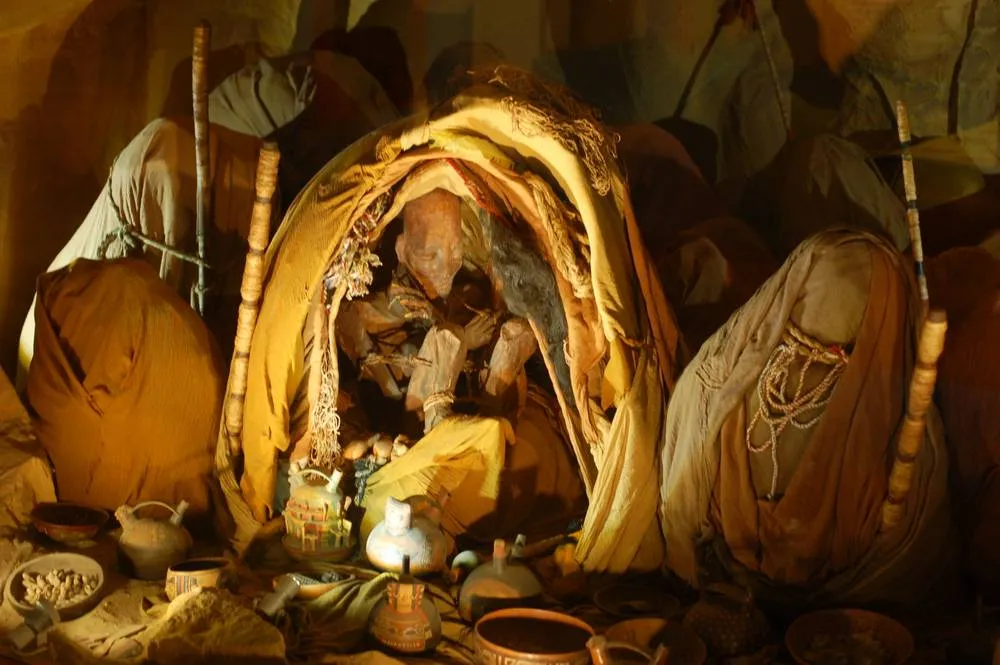
In life, they lived from 500 BC to 250 BC as part of the Paracas. Today, they’re remembered at the Museo Nacional de Arqueologia, Anthropologia e Historia del Peru (National Museum of Archology, Anthropology and History of Peru). If you go, look for a descriptive sign detailing what the dozen-plus layers were made of.
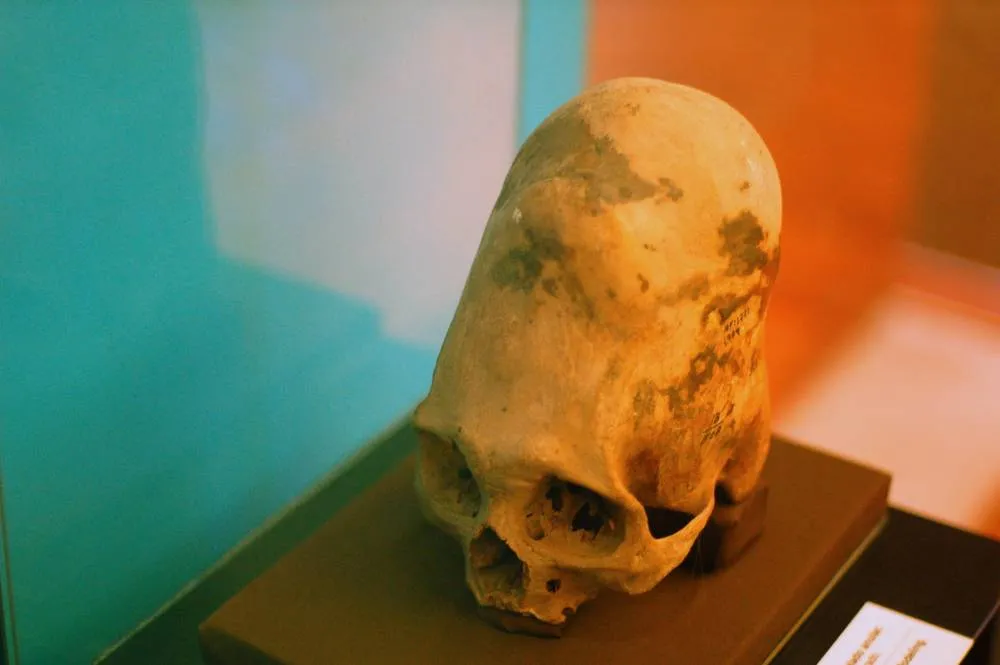
At the same museum is another fun example – a male skull displaying annular modeling.
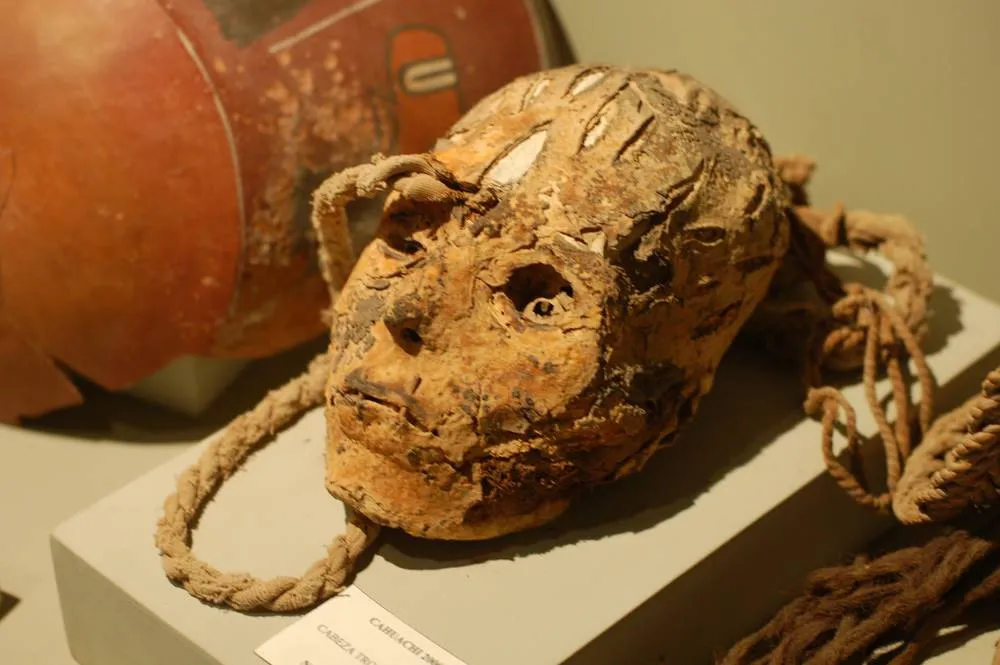
That awkward moment when the skull looks like it’s looking back at you…
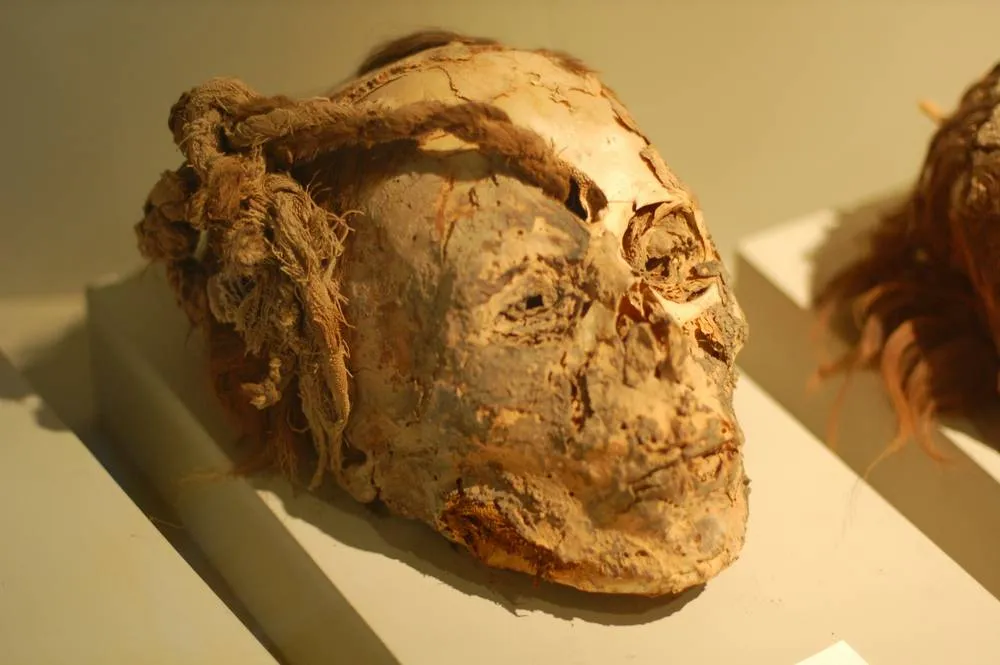
Now we’re getting somewhere! Seen at the Museo Arqueologico Antonini in Nasca, the ropes would have been used to hang the heads from a building, or perhaps even tied around a waist. Trophy skulls, anyone?
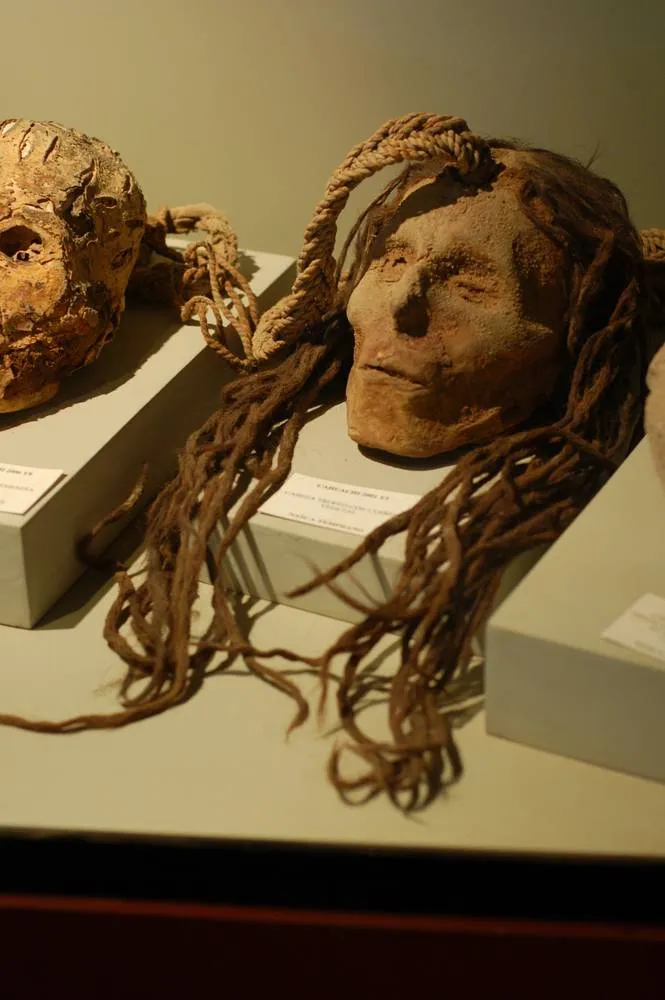
From the same museum comes another example – with some dreadlocks included!
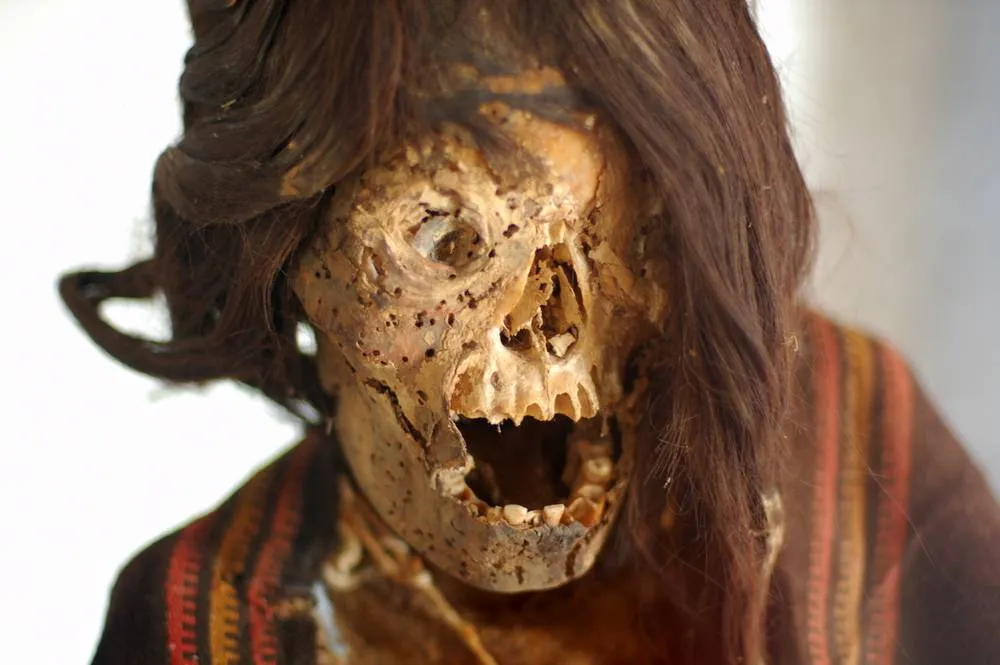
We’re now at the Cementerio Prehispanico de Chauchilla (Chauchilla Cemetery / Necopolis) in Ica, about 30km from Nasca (you’ll want to arrange a private car for the best / easiest way of getting here). Tomb robbers took maybe 60-70% of the original mummies, which means what you see there today isn’t necessarily FROM the grave – they’re now copies, originals now in museum since things are easy to steal.
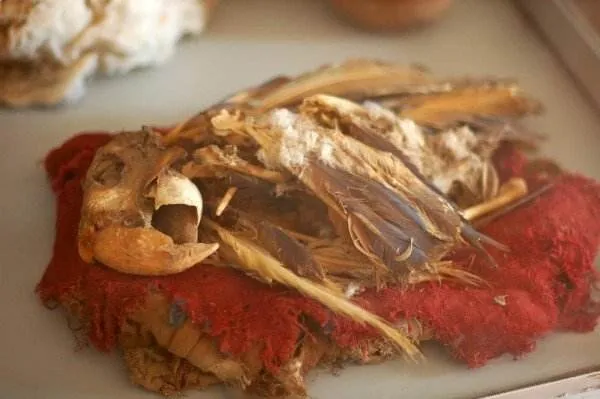
No one said all mummies had to be human, did they?
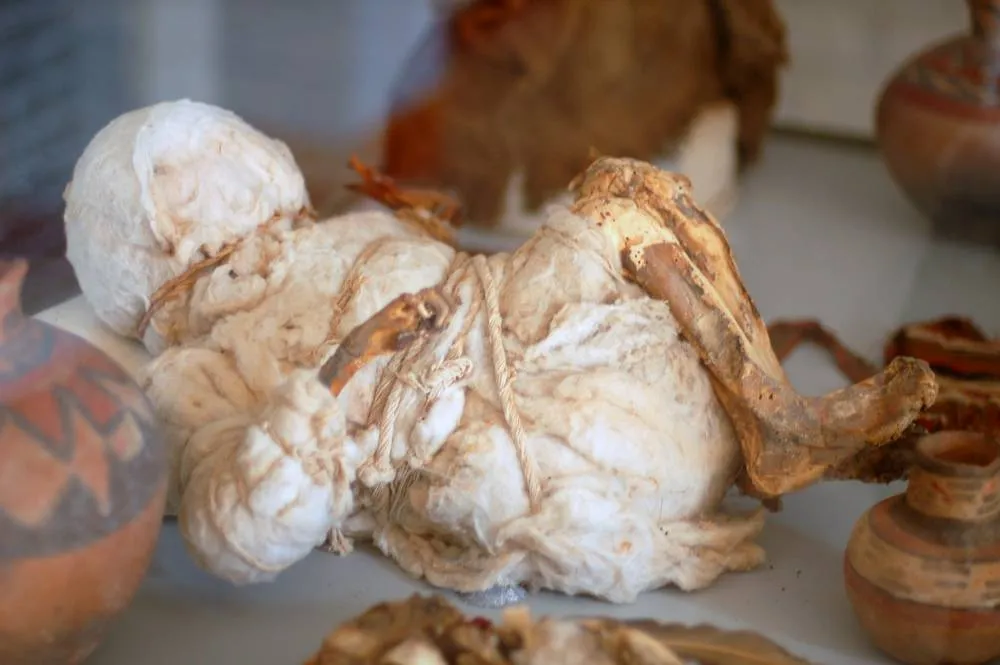
Hard to say how old this one was when it died, but it’s also here at the Cementerio Prehispanico de Chauchilla.
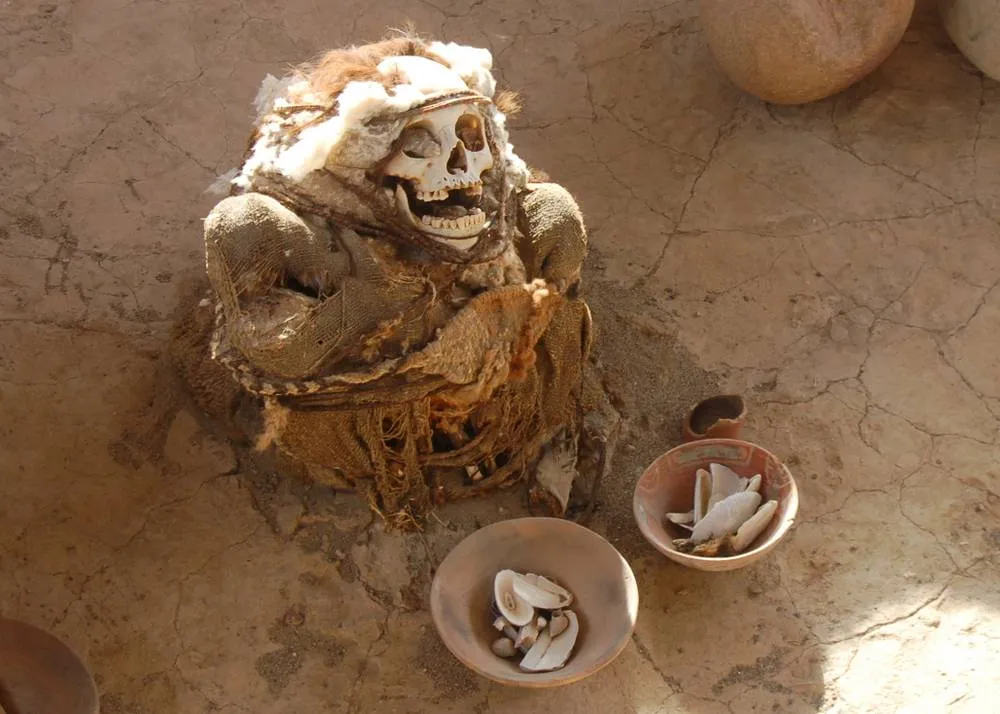
This cemetery is a goldmine – though it’s all out by itself, it’s a worthy half-day trip.
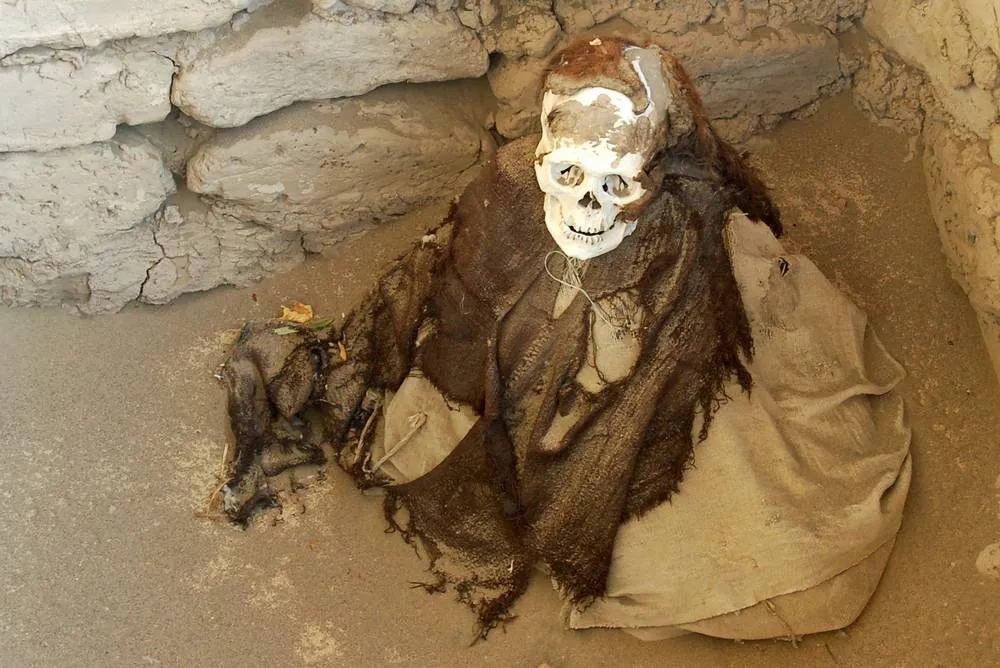
Tombs are normally 2 meters deep by 2.5 meters long, which are open to the air.
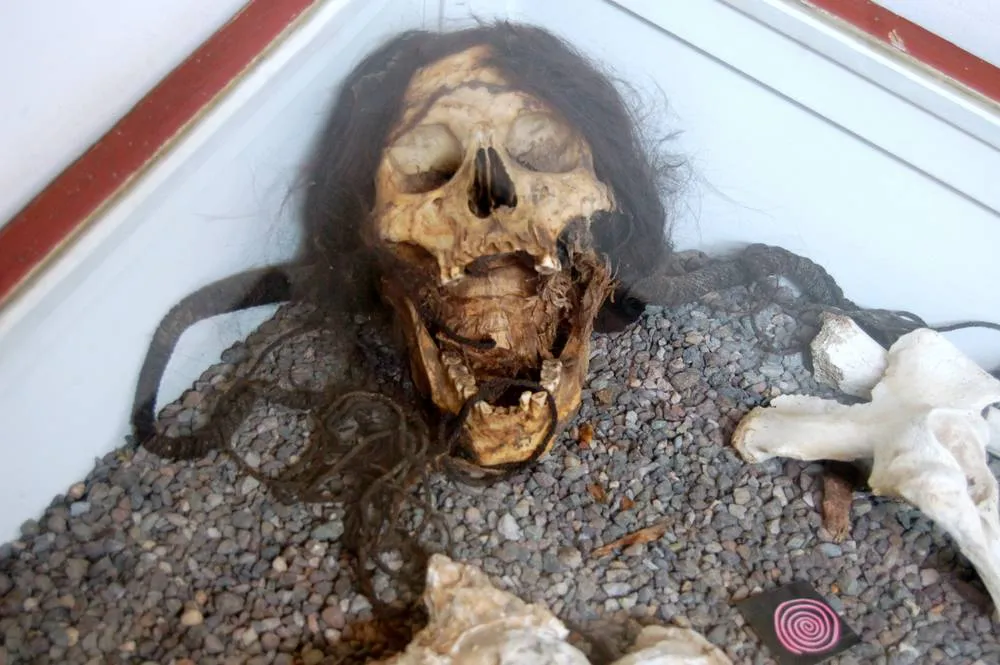
Our final stop here is the Museo Maria Reiche (Maria Reiche Museum), a few kilometers down the street from a lookout point to see some of the Nazca Lines. This is one of the only skulls here, which focuses on the German mathematician that thoroughly studied the lines.


